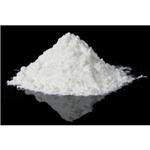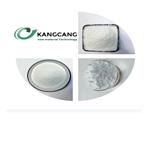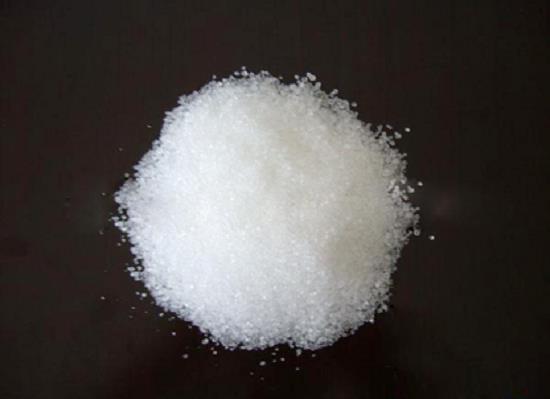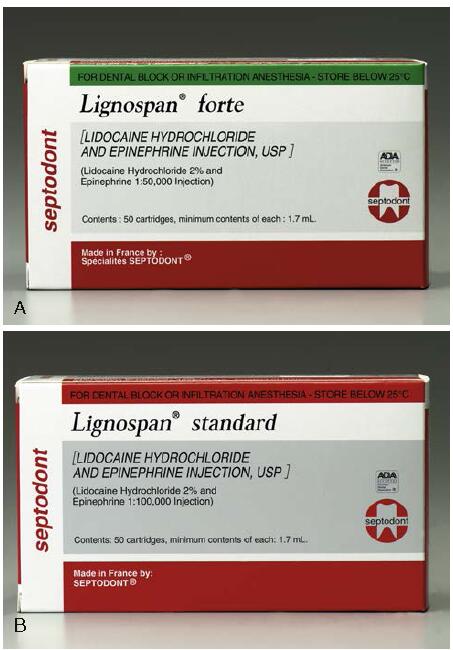Lidocaine Hcl: Uses, Side effects, Overdose, Interactions
Chemistry
C14H12N2O.HCl
2-(diethylamino)-N-(2,6-dimethylphenyl)acetamide
Brand name Xylocaine
General
Lidocaine hydrochloride was synthesized by Löfgren and Lundquist in 1943, and was clinically introduced in 1948. It remains one of the most widely used local anaesthetics. It can be administered parenterally for a peripheral nerve block (PNB), intravenously, or applied topically at strengths of 2–4%. The addition of epinephrine 1:200 000 to 1:100 000 slows the vascular absorption of lidocaine and prolongs its effects
Available concentrations
0.5%
1% with/without epinephrine 1/200 000
2% with/without epinephrine 1/200 000
4% (topical)
5% (medicated plaster)
Dose mg/kg
3 (without epinephrine)
7 (with epinephrine)
Additional dose guidelines
600 mg by topical application in 24 h
200 mg for PNB
500 mg for PNB (with epinephrine)
Elderly: doses may need to be reduced depending on age and physical state
Onset time: Fast (2–5 min)
Duration of anaesthesia: Short (45–60 min)
Peak plasma levels: 15–30 min
Relative toxicity:Low: 1 (toxicity values for the other drugs will be compared to lidocaine)
Mean half life:1.5 hr
Protein binding: 65–75%
Volume of distribution: 90 L
Metabolism
Lidocaine is metabolized by the liver with only a small amount (3%) found
unchanged in urine. The three main mechanisms of metabolism are shown below:
N-de-ethylation > monoethylglycinexylidide (MEGX) > glycinexylidide
Hydrolysis of glycinexylidide
5-hydroxylation of lidocaine’s benzene ring
Lidocaine possesses convulsant activity. Hepatic disease or reduced hepatic blood
flow (as in congestive cardiac failure) will lower metabolic capacity
Potency: Medium
Excretion:Renal
Relative lipid solubility: 150
pKa: 7.86
Drug interactions
Cimetidine – inhibits hepatic metabolism
Propranolol – reduces systemic clearance by up to 40% by reducing hepatic metabolism
Additional information
Lidocaine is contraindicated in patients with known hypersensitivity to local
anaesthetics of the amide type and in patients with porphyria. Reactions due to
overdose with lidocaine (high plasma levels) are systemic and involve the central
nervous and cardiovascular systems. Effects include medullary depression, tonic and
clonic convulsions, and cardiovascular collapse.
Solutions in multidose vials may contain hydrobenzoate derivatives and have been
associated with allergic reactions in some patients. As with all of the amide local
anaesthetics protein binding is reduced in the neonate (50% versus 64% in the
adult), which necessitates reduced doses if adverse reactions are to be avoided.
You may like
Related articles And Qustion
Lastest Price from Lidocaine hydrochloride manufacturers

US $1.00-1.00/kg2024-04-27
- CAS:
- 73-78-9
- Min. Order:
- 1kg
- Purity:
- 99%
- Supply Ability:
- 10 tons

US $20.00-10.00/kg2024-04-26
- CAS:
- 73-78-9
- Min. Order:
- 1kg
- Purity:
- 98%
- Supply Ability:
- 20




